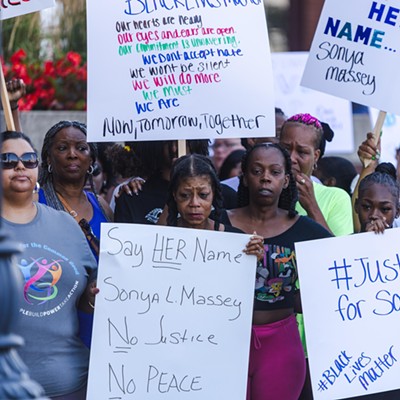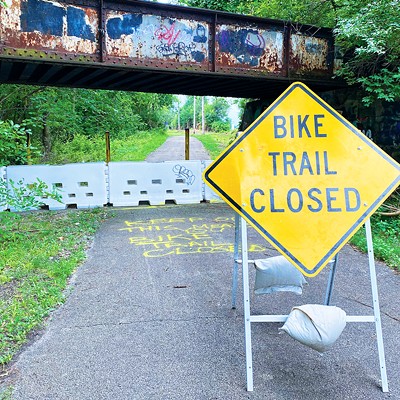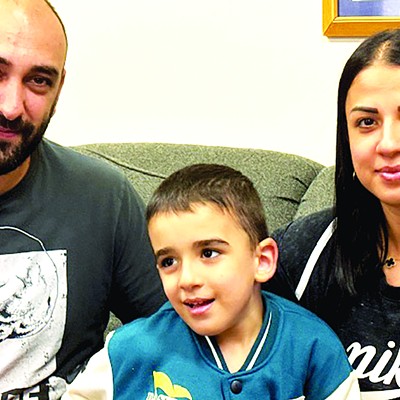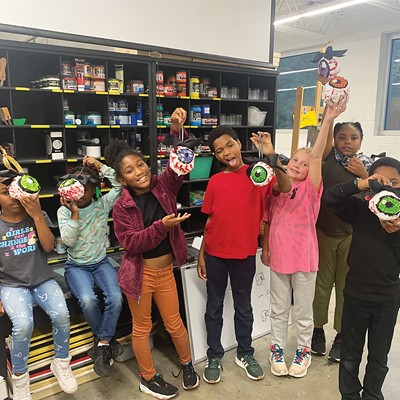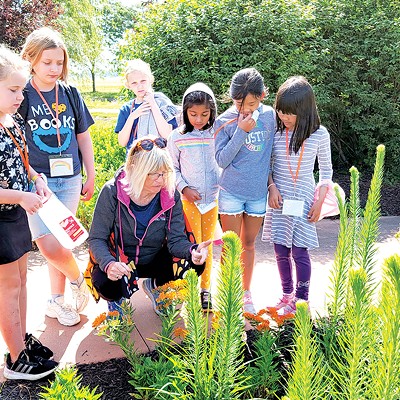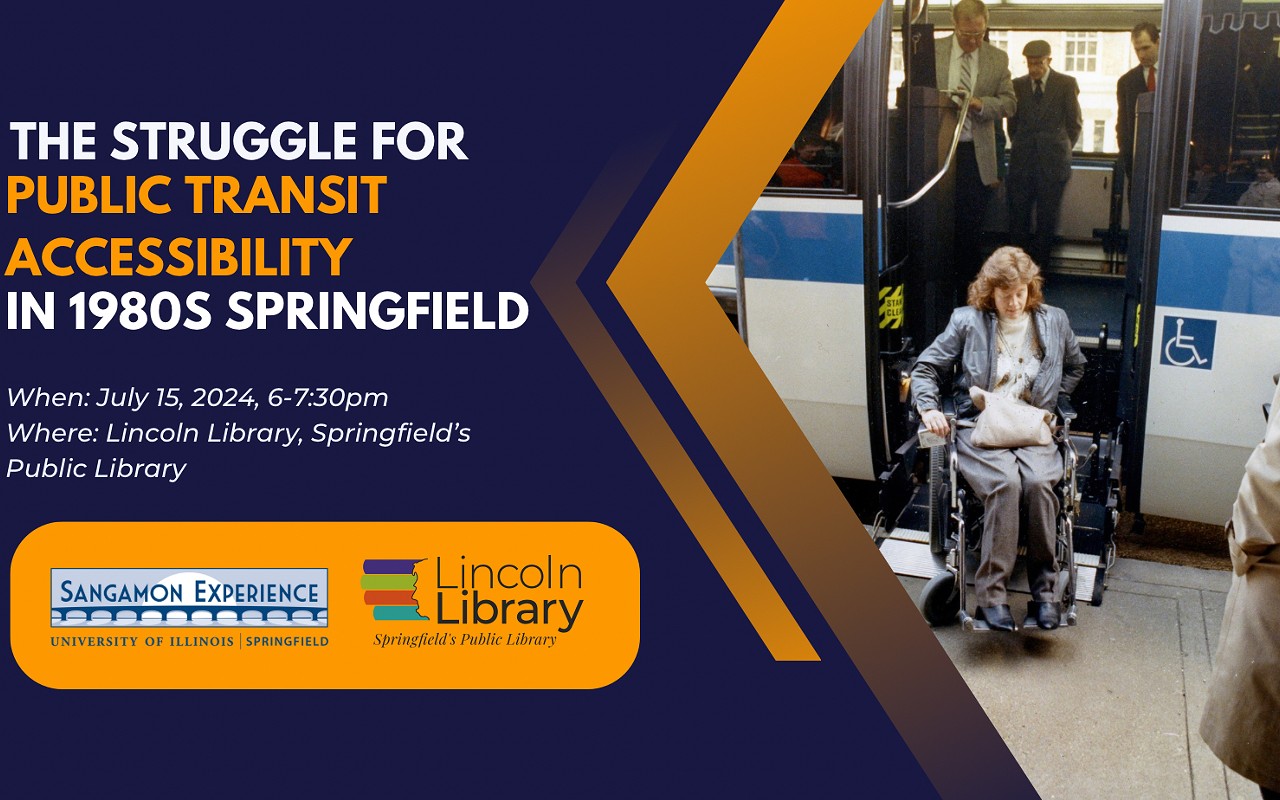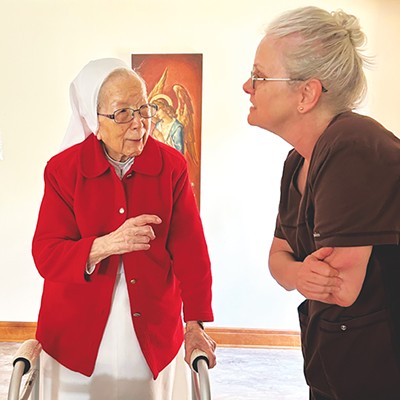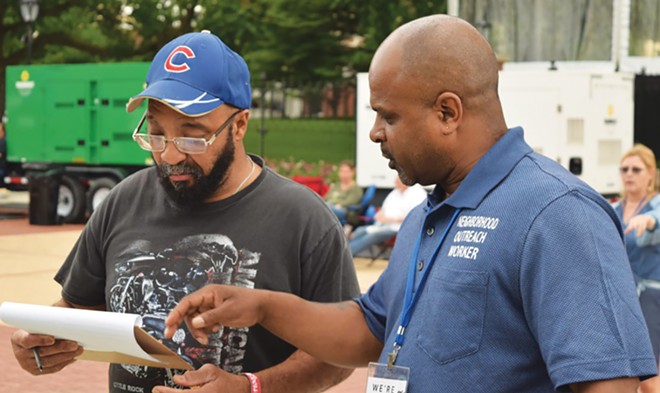
"We have a pretty big digital divide between the Black and white population," says Tom Chi, chief innovation officer for the city of Springfield. This is one of the drivers behind the city's recent internet survey.
Partnering with University of Illinois Springfield, the survey gathers input from Springfield residents about the current speed, quality and reliability of their household internet, as well as the role the internet had in homes during the COVID-19 pandemic. One of the goals is to collect data to discover, as Chi notes, "What are the root issues that cause the divide, and how to narrow and close it? The survey is the first step to see where the challenges really lie."
The pandemic brought this equity divide to the forefront. Chi reports that when the shelter-in-place order went into effect, "The city helped District 186 distribute about 1,000 hot spots for students and teachers in need who didn't have access to broadband at home."
Another goal of the survey is to determine if the minimum standard of broadband – as determined by the Federal Communications Commission (FCC) — is actually suitable for modern digital needs. This minimum standard is set at 25 mbps upload speed and 3 mbps download speed (25/3). As Chi explains, this may not suffice for a family working and attending school at home, especially as other uses for bandwidth, including security systems, telehealth and entertainment, have become the norm.
"We use the internet for more than just information-seeking now. We're gearing students more toward content creation, uploading videos they made for a class or using video conferencing to do classroom meetings, all the way to personal development, such as developing work skills through online schooling," says Chi, noting that the internet is used for many more things now than it was even five or 10 years ago. "We wanted to see how Springfield compared to the FCC broadband map."
The survey deadline was earlier this month, but it has been left open to get more responses from certain underrepresented zip codes. "We're hoping to capture as much information as possible," notes Chi. He says the city has reached out to community partners to do field work in 62702 and 62703 to be sure everyone's voice is heard. "We want an equitable survey," adds Chi.
Other issues that limit access are that in some areas of the city, choices are limited for providers. This lack of competition can lead to higher prices and unsatisfying customer service. Affordability is a key driver in the digital divide in Springfield.
Chi says he expects the survey to show that the minimum standards set by the FCC are insufficient, given current digital demands. "I think that the broadband definition of 25/3 is outdated, and with the shelter-in-place orders, we'll see people that struggled with their internet capacity."
The data collected through this survey will provide a basis for a road map going forward, as to the city's priorities in planning to address inequities as well as planning for future broadband needs. Though the rollout of the survey coincided with federal funding released for the American Recovery Plan, Chi says that was just a coincidence, as the survey and partnership with UIS have been in the works for quite some time. "There are also a lot of grants available for infrastructure build outs, and we're looking at all available options in the future."
Some of these options include partnering with a broadband provider or looking into a municipal-owned broadband network as a public utility option, which is becoming increasingly common.
But, as Chi notes, the first step is gathering useful data for a wide variety of people's needs and uses. "We can't act without data. We work for the people, and we need to justify what we do."
Residents who live in zip codes 62702 or 62703 and have not yet completed the internet survey are encouraged to do so at https://go.uis.edu/CoS2021.
Carey Smith would love for affordable fiber internet to come to the north side.


